

The London Loop is a walking route of 150 miles length around the outer boundaries of London split into 24 sections. I am currently walking the loop and this is a blog of a few sections. See tfl.gov.uk/modes/walking/loop-walk for more details.
Today me, friend Mike and his wife Lynda did section 23 of the London Loop, from Upminster Bridge to Rainham (the one in Essex, not the one in Kent). 4.5 miles or so. Apart from possible aftermath of the Extinction Rebellion train climbing episode at Canning Town where I had visions of a ruined day, fortunately all sorted by the time we got up there, it was a good day. Weather forecast was not good but somewhat better than the lady on the BBC forecast was suggesting - blue skies for quite a time.
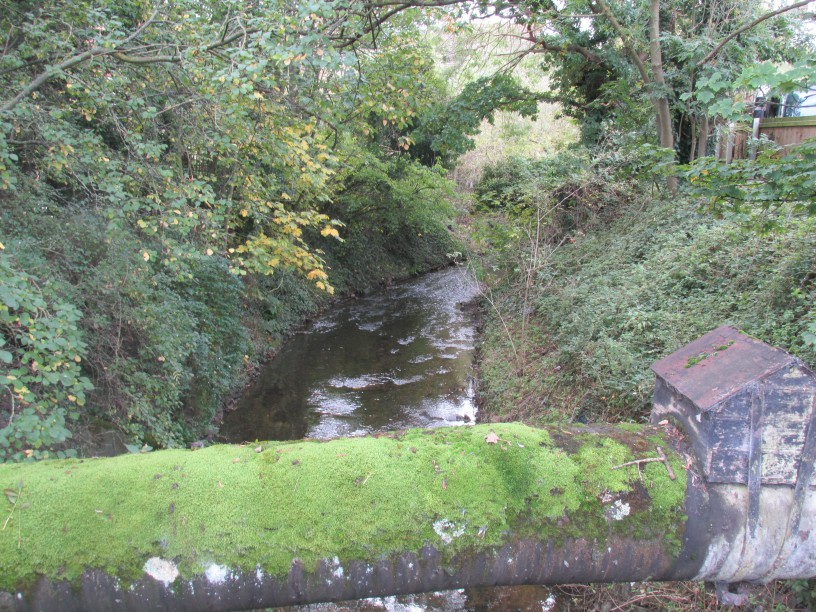
Much of the walk followed the River Ingrebourne that I had met last time, but it was likewise mostly not visible, being a little way off and hidden in vegetation. Upminster Bridge, the tube station, takes it name from the bridge over the river near the station. Here it is, it never seems to get any broader.
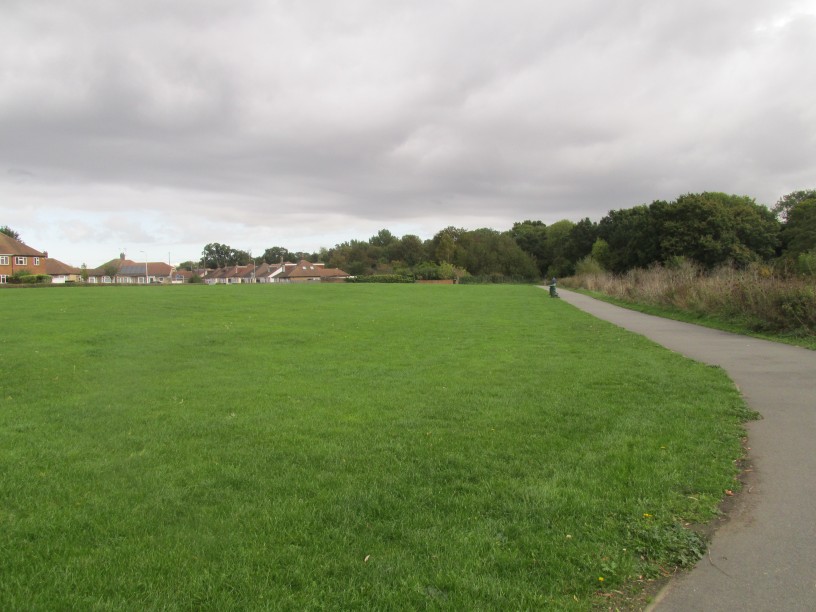
After a short section of suburbia, down a street where virtually every house is a rather nice bungalow, the route goes through the first of three 'Parkways', this is Gaynes Parkway which soon goes into Hecton Parkway. St George's Hospital used to be here but that closed a few years ago and is now a housing estate. The guide book tells us to look for a chimney which was part of it, but it seems that has now also disappeared.
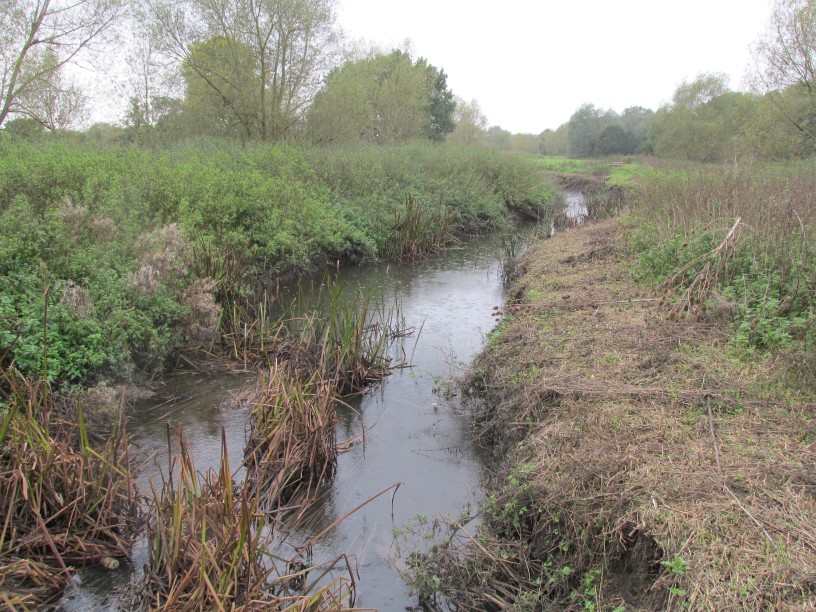
The Ingrebourne occasionally appears as it snakes it way along, never very wide.This is in Suttons Parkway which is somewhat wilder than the earlier two. Walk mainly on tarmac paths but the occasional bit of mud was encountered.
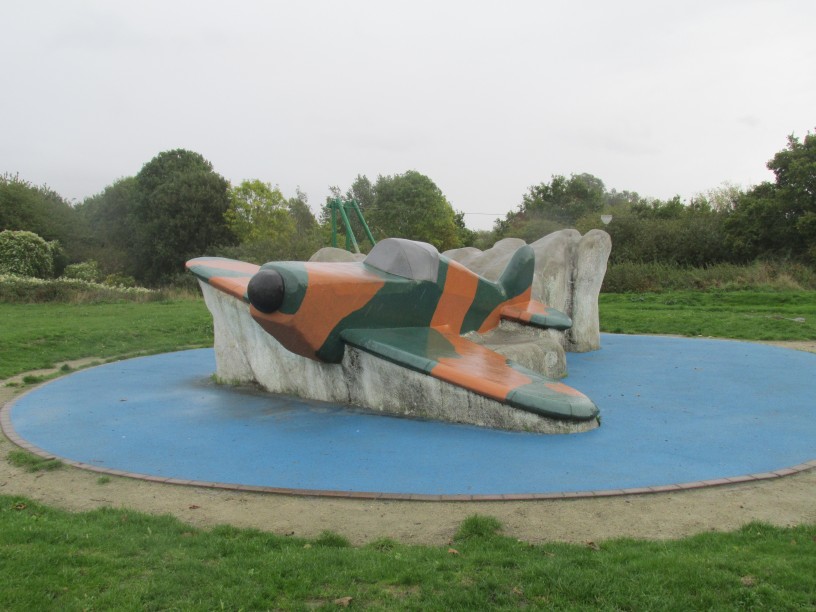
Then into Hornchurch Country Park where it gets interesting. This was originally RAF Hornchurch during the wars but was decommissioned in 1962 and converted into public parkland. It has quite a few relics of its RAF past and this is a mock up of a spitfire for the kids to enjoy.
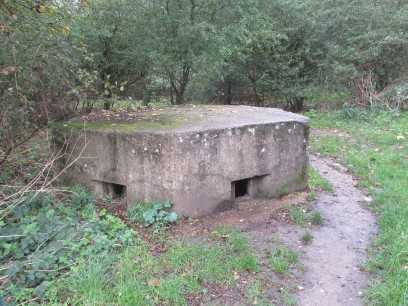
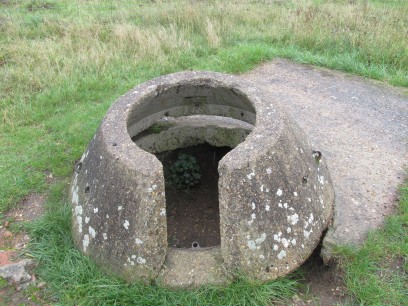
Various pill boxes and a couple of Tett Turrets where the soldier stands in a hole were in the area. Together with areas of tarmac that obviously were runways and similar. The place has an interesting history (though for some reason the guidebook says very little about it).
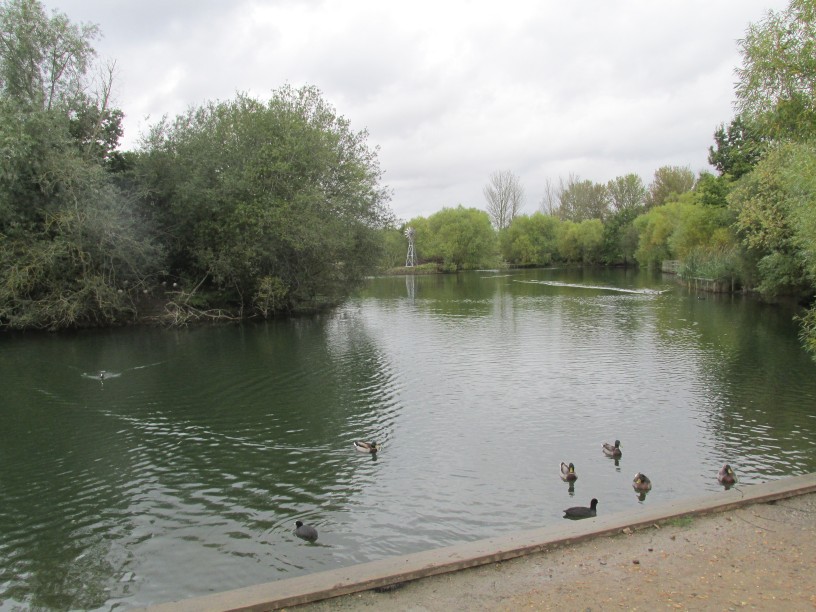
Then after passing Ingrebourne Marshes we reached Albyns Lake created from what was originally an area of gravel extraction where there was loads of wildlife including teal and mallard ducks - who all came to the edge of the lake expecting us to produce food.

But the countryside was soon over and we soon came into Rainham itself with busy roads and complicated roundabouts to circumnavigate. We stopped for lunch at a Tesco megastore, when we had finished we found the rain had started with a vengeance so made our way down to the station, passing St Helen and St Giles Church and the nearby Rainham Hall (National Trust) on the way. C2C train to West Ham then the Jubilee line back to Waterloo and the journey home. Slight delay there as it seems there was a faulty door on our train and they had to call a fitter out to repair it who obviously did the necessary very speedily and we soon got on our way.